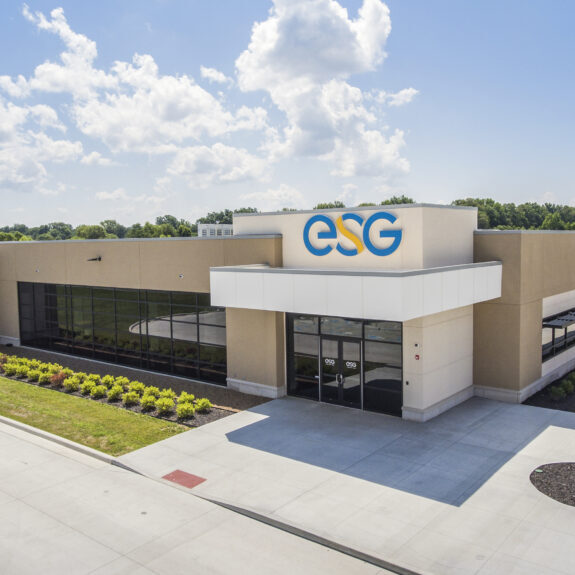Building a Better Future: A Michigan School's Strategic Infrastructure Revamp
Onsted Community Schools, a rural school district in Southeast Michigan, needed to improve its infrastructure, technology, and learning environments. The school district attempted to pass a Bond to cover the needed investment, but the vote failed several times. Undeterred, Superintendent Steve Head was determined to upgrade the schools before passing the baton to his successor, cementing his legacy, and rebuilding the schools for future generations to come.
Devising a New Plan
Onsted faced a unique challenge; they needed to make improvements that wouldn't cause financial strain on taxpayers. And like many American schools, the district struggled with a pile up of expensive deferred maintenance.
Looking for an innovative solution, Onsted turned to Energy Systems Group and together the team developed a plan that would reduce operation costs and increase energy efficiency, while tackling the most urgent needs, such as replacing the roofs on the elementary and high schools, addressing poor lighting, and upgrading failing HVAC and mechanical systems. All told, the team designed a plan that included 21 improvement areas across the district’s three school buildings. The final set of solutions focused on implementing comprehensive energy efficiency solutions that would result in significantly decreased energy usage and operational savings.
Utilizing an Energy Savings Performance Contract (ESPC), the district was able to fund a nearly $3 million energy and infrastructure improvement project that addressed all its challenges at once, without asking the community for another Bond.
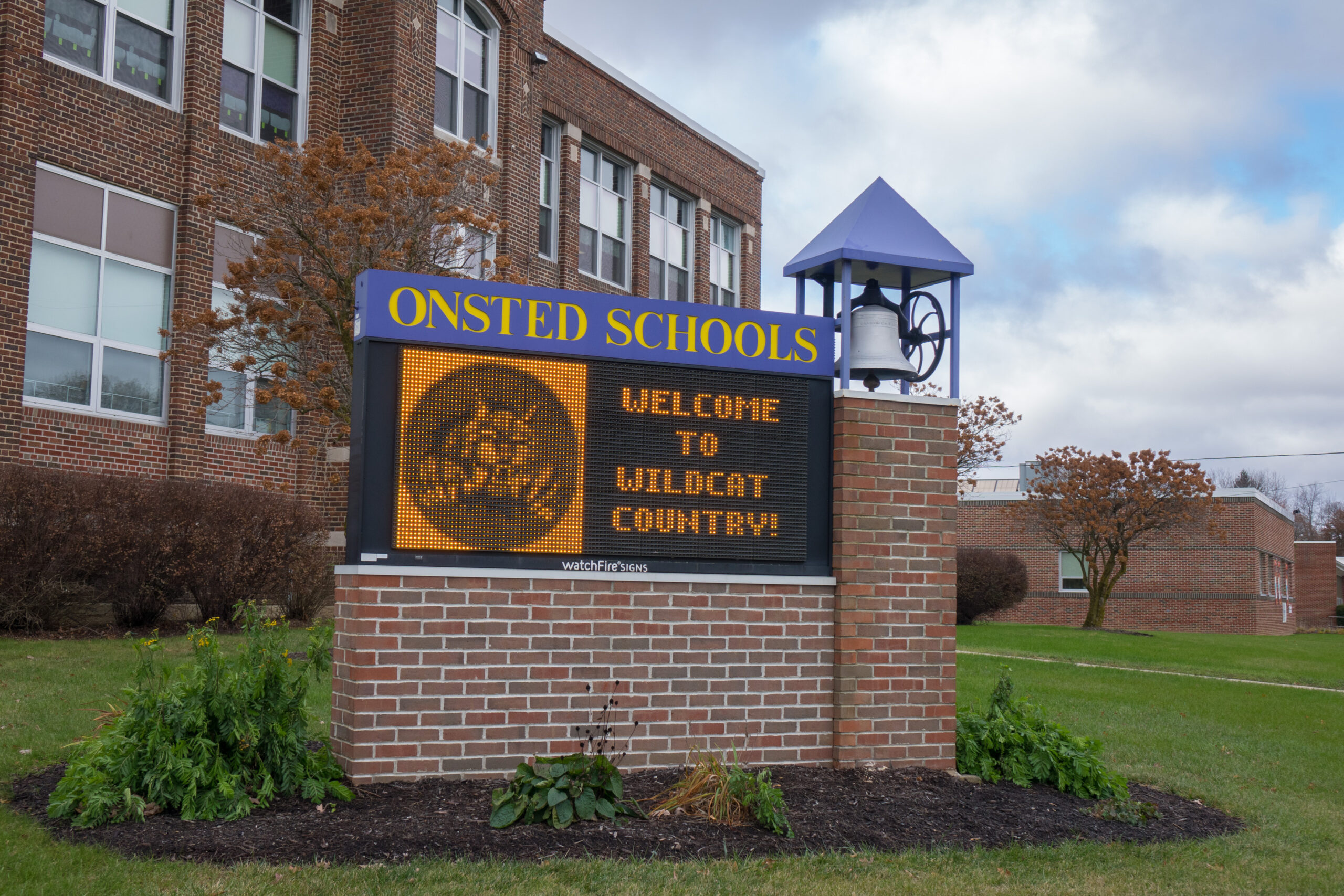

Exceeding Expectations Enables Onsted Additional Benefits
Before construction, ESG anticipated that the projects would result in total energy and operational savings of more than $3.2 million over the 15-year energy savings performance contract term. That amount would be more than enough to pay back the cost of the improvements.
Construction of the energy conservation projects completed in August 2018. The total savings exceeded guarantees by 24% (the guaranteed savings over the first two years totaled $300,015; the actual savings over two years totaled $371,823).
“The ESPC [Energy Savings Performance Contracting] limited obligation bond was a huge success for the community and Onsted School District, providing resources and community motivation that wouldn’t have otherwise been possible,” notes Superintendent Steve Head.
Freeing up capital allowed the district to consider other needs that otherwise could not be addressed. Superintendent Head hired two additional maintenance people, bringing the staff for the entire district to three.
At the same time, because there was less need for corrective maintenance and manual control of systems, the newly enlarged staff could focus on preventive maintenance, which experts say can reduce costs by 12-18%.
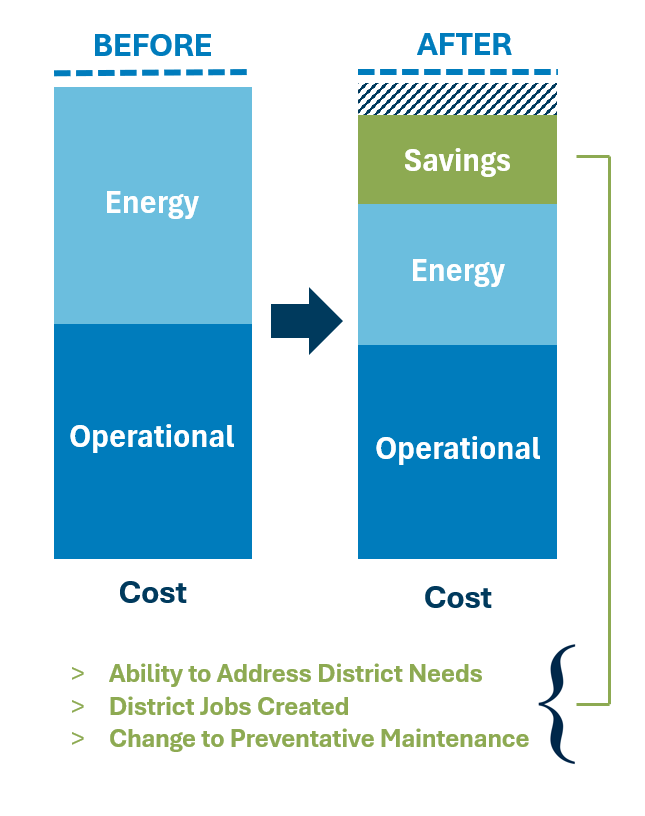
Engaging the Community with Great Schools
The improvements to district facilities have garnered admiration from Onsted residents, which has led to public approval of $12.8M in additional bonds. With that money, the district has been able to proactively address deferred maintenance instead of waiting for catastrophic equipment or facility failure and the accompanying desperation. They have been able to construct building additions, buy new school buses, and much more.
Onsted students now learn in safe, modern, clean, and comfortable schools. The distraction-free learning environment has led to an increase in student outcomes. Students have also performed better in other districts that did similar work. “The conclusions [of a recent report] build on a growing body of evidence asserting that higher-quality school buildings translate to better academic outcomes...,” EdWeek reports.
The benefits cascade from there. The EdWeek article also explains that updated schools lead to “…higher property values for the communities that surround the improved facilities.”
Onsted has seen similar benefits. Before the district drastically improved the learning environment, it struggled to retain students and staff. Families were sending their children to private schools, homeschooling their children, or moving out of the area. Schools are typically one of the top considerations of families when they choose a neighborhood.
With the improvements to its schools, Onsted saw increases in student enrollment and faculty retention. People are drawn to the facilities and are comfortable in them.
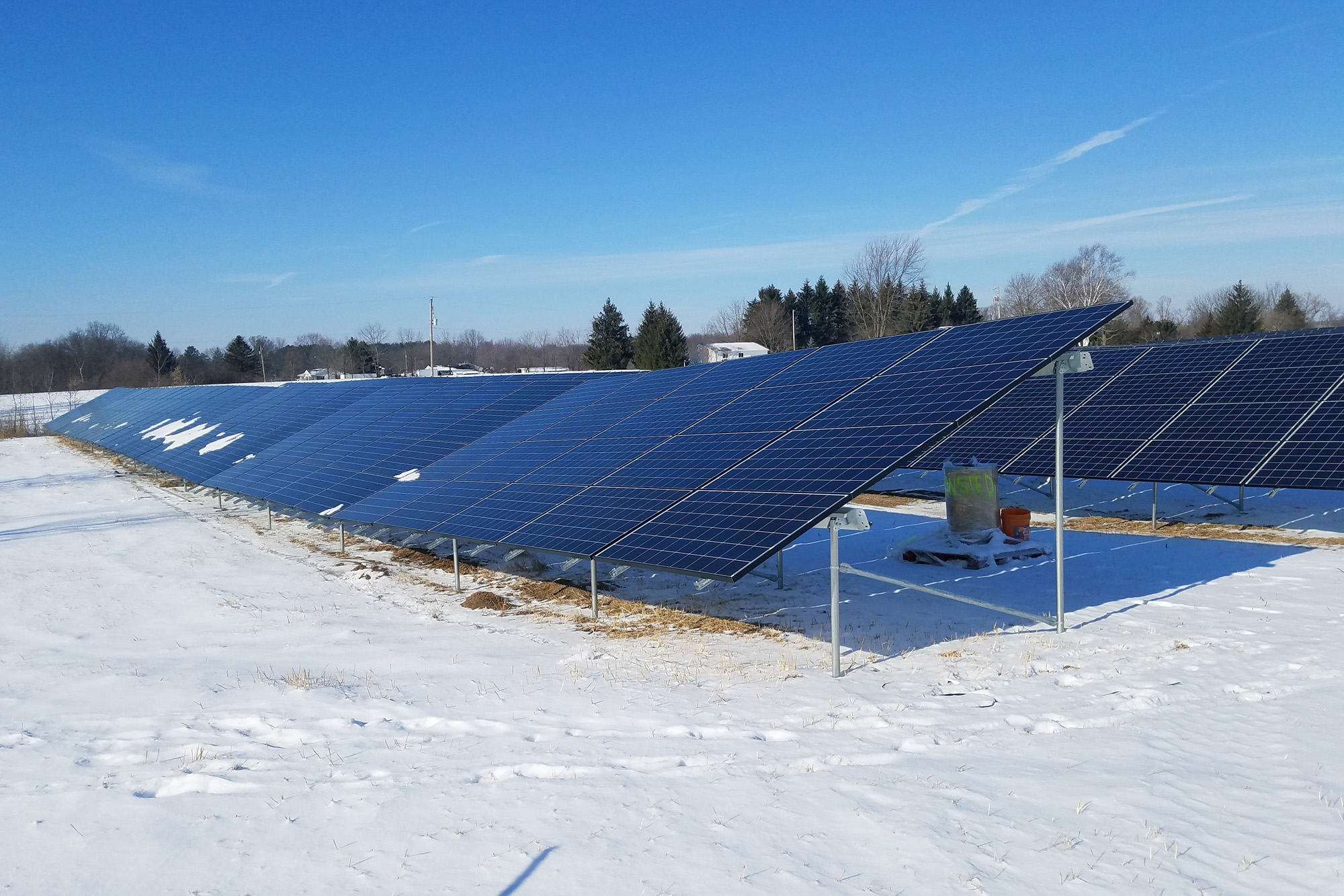
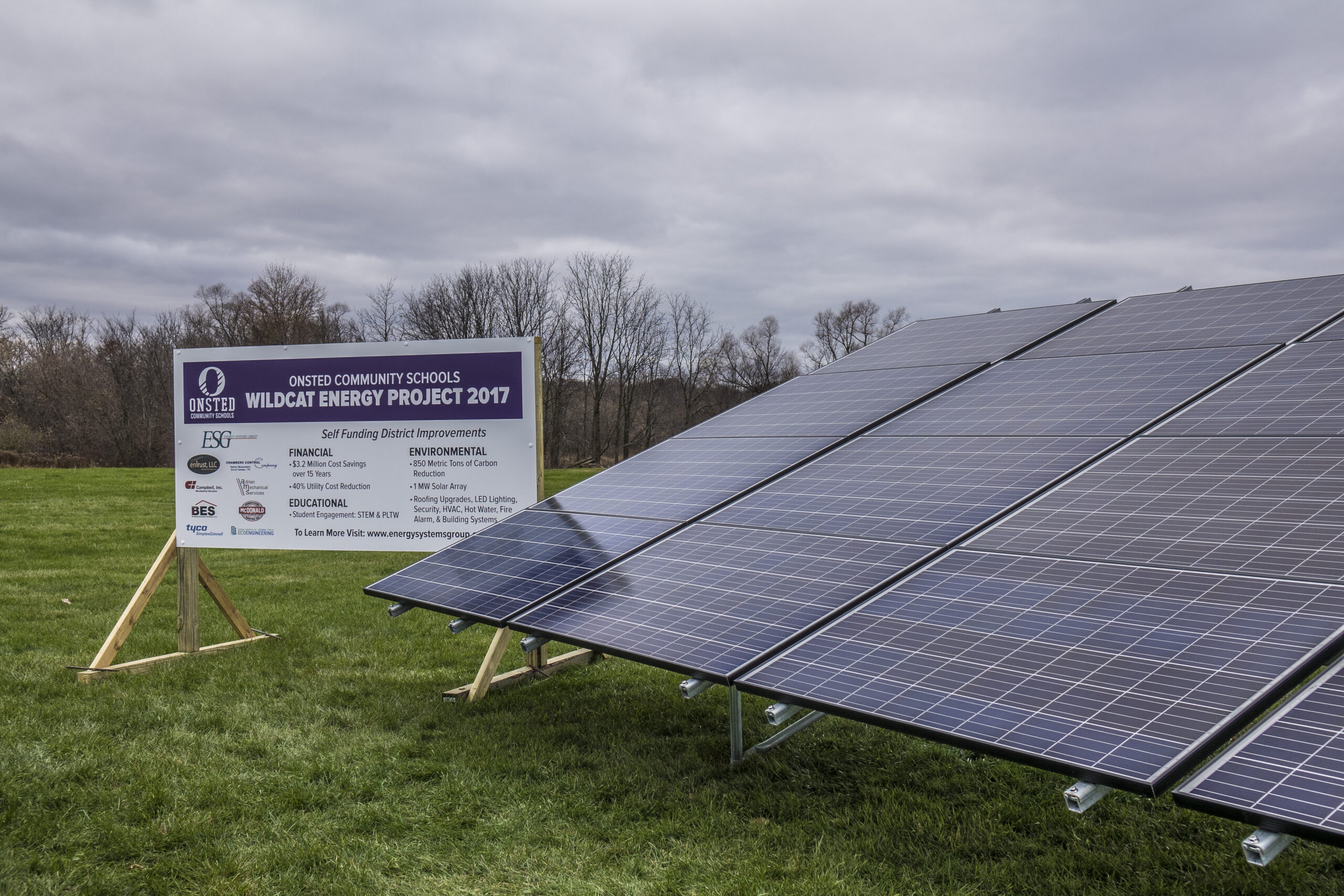
Hands-on Green and STEAM Learning
The improved educational facilities have also expanded learning opportunities. Superintendent Head notes that the district always considers things from an educational standpoint. This is why he was particularly excited about the solar field.
A Solar Power Purchase Agreement (PPA) enabled Onsted to purchase renewable energy produced onsite at a guaranteed rate of $.0075/kWh. Before construction, the utility rate per square foot was $1.18. Post-construction, it fell to $0.69 per square foot, a 40% annual reduction.
The solar photovoltaic system, which promotes sustainability and renewable energy and demonstrates the school district’s environmental stewardship, is also engaging students in engineering and science. Superintendent Head commented, “The district has now embraced STEM education; we are tying the solar photovoltaic system into the curriculum and encouraging students to consider green career paths.”
As the new superintendent takes the reins from Head, he can be proud that the facilities he oversees live up to the town's motto, “Honoring Tradition and Preparing for the Future.” The comprehensive scope of energy efficiency solutions and building upgrades are clear to all and bring pride to students, staff, and residents. The savings allow the district to pay the loan and retain a high-quality and healthy learning environment.
